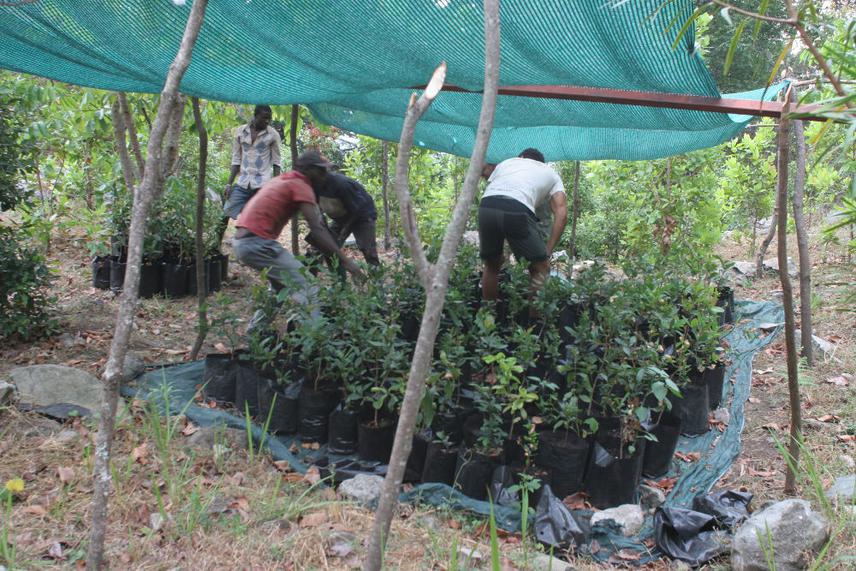Michael Stuart Lyne Mills
Other projects
10 Mar 2011
Conserving Angola’s Threatened Afromontane Forests: A Community-Based Approach to Tackling Forest Loss at the Mount Moco IBA (Consolidation Phase)
18 Jul 2017
Restoring Angola’s Threatened Afromontane Forests: An Expanded Approach to Reforestation in Collaboration with the Local Community at Mount Moco, Angola
15 Jan 2020
Protecting Threatened Afromontane Forest at Mount Moco from Fire: Professional Environmental Fire Management Training for the Local Community
To increase forest cover at Mount Moco by working with the population of Kanjonde village to reduce their reliance on wood products and start a reforestation project.

Angola (a key habitat of the Western Angola Endemic Bird Area), already reduced to no more than 200 ha. These forests are home to a unique biodiversity, including the globally threatened Swierstra’s Francolin Francolinus swierstrai, and suite of other localised taxa, such as Angola Slaty Flycatcher Dioptrornis brunneus and Ludwig’s Double-collared Sunbird Nectarinia ludovicensis. Halting habitat loss and increasing forest area will stop the on-going extinction process and conserve a unique parcel of Africa’s biodiversity.
This project aims to work in collaboration with the only local community, Kanjonde, living at the foot of Mount Moco. It will identify and aim to support this community’s needs, and involve the community in the project from the outset, making clear the conservation benefits to the community. A peripheral part of the project will be to establish an ecotourism project, from which the community can draw continued, albeit small income. Mount Moco has the potential to become an important tourist site, both for nature lovers, especially bird watchers, trekkers and mountaineers. The long term aim is to increase forest cover at Mount Moco.
The first step is to engage the community of Kanjonde in August 2009, and establish what their main needs are, especially their resource requirements. This has already been done by interviewing all adult members of the community, with assistance from two Angolan biology students. We also drew attention to the importance of the forest to both biodiversity and humans. Now we will establish ways in which reliance on forest wood and need to clear forest can be reduced or changed. Options will be presented to the community and those favoured will be implemented to alleviate reliance on resources: these may include provision of inexpensive but efficient solar ovens. Concurrently, a reforestation project will be initiated, first, by the establishment of a nursery of native forest trees, targeting pioneer species such as Trema orientalis, and local caretakers trained to maintain the nursery. During the second and third phases of the project return visits will be made to evaluate progress, to ensure community needs are being met, and to commence tree planting. During the third phase of the project, members of the community will be interviewed again to establish whether their patterns of resource use have changed.